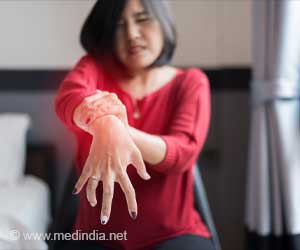Scientists have taken a major step forward in the fight against malaria, by creating a mathematical model that identifies targets for eradication of the disease.
Scientists have taken a major step forward in the fight against malaria, by creating a mathematical model that identifies targets for eradication of the disease.
Researchers at Instituto Gulbenkian de Ciencia (IGC), in Portugal, showed that malaria eradication in Africa is sustainable, and any recurrence of malaria in industrialized nations is highly doubtful.Working with colleagues in Kenya, the IGC researchers created a mathematical model of malaria transmission throughout sub-Saharan Africa.
After several exposures to malaria, humans develop clinical immunity to the disease. In this state, they no longer have symptoms of malaria, but are nevertheless capable of transmitting the disease to others. In regions where malaria is endemic, many people have developed clinical immunity, and this has a large effect on how the disease spreads, that is, on its epidemiology.
Lead researcher Gabriela Gomes and her team at the Theoretical Epidemiology group developed a mathematical model, which, for the first time, estimates the importance of asymptomatic infections in malaria transmission when looking at the distribution of the disease in different populations.
The team applied its model to data from hospital admissions of children with malaria, provided by researchers working in eight different regions in sub-Saharan Africa, where malaria is endemic.
The model demonstrated that, contrary to what was formerly thought, in regions of moderate transmission there is a threshold for malaria eradication, separating endemic and malaria-free states.
Advertisement
They added that industrialised nations sit well below this threshold, in the malaria-free state, since the number of clinically immune people is extremely low, making any re-emergence of malaria in these countries highly improbable.
Advertisement
Gabriela Gomes added, “Huge efforts are being put into fighting malaria in developing countries. Our model presents a very optimistic outlook for eradicating the disease in areas where it is moderately endemic, contrary to current thinking. We are now looking for research partners who may provide us with more clinical data, from more regions in Africa, which we could use to strengthen our model, and feed into effective eradication programmes.”
The study is published in the journal PLoS ONE.
Source-ANI
SRM/L









